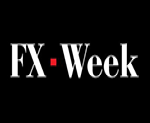
S&P buys its second startup focused on AI, the latest sign of Wall Street embracing artificial intelligence
Almost one-fifth of banks and financial-services companies interviewed by Greenwich Associates have implemented AI technology into their businesses, according to an October report by the research firm. Banks have tapped machine learning for their...





